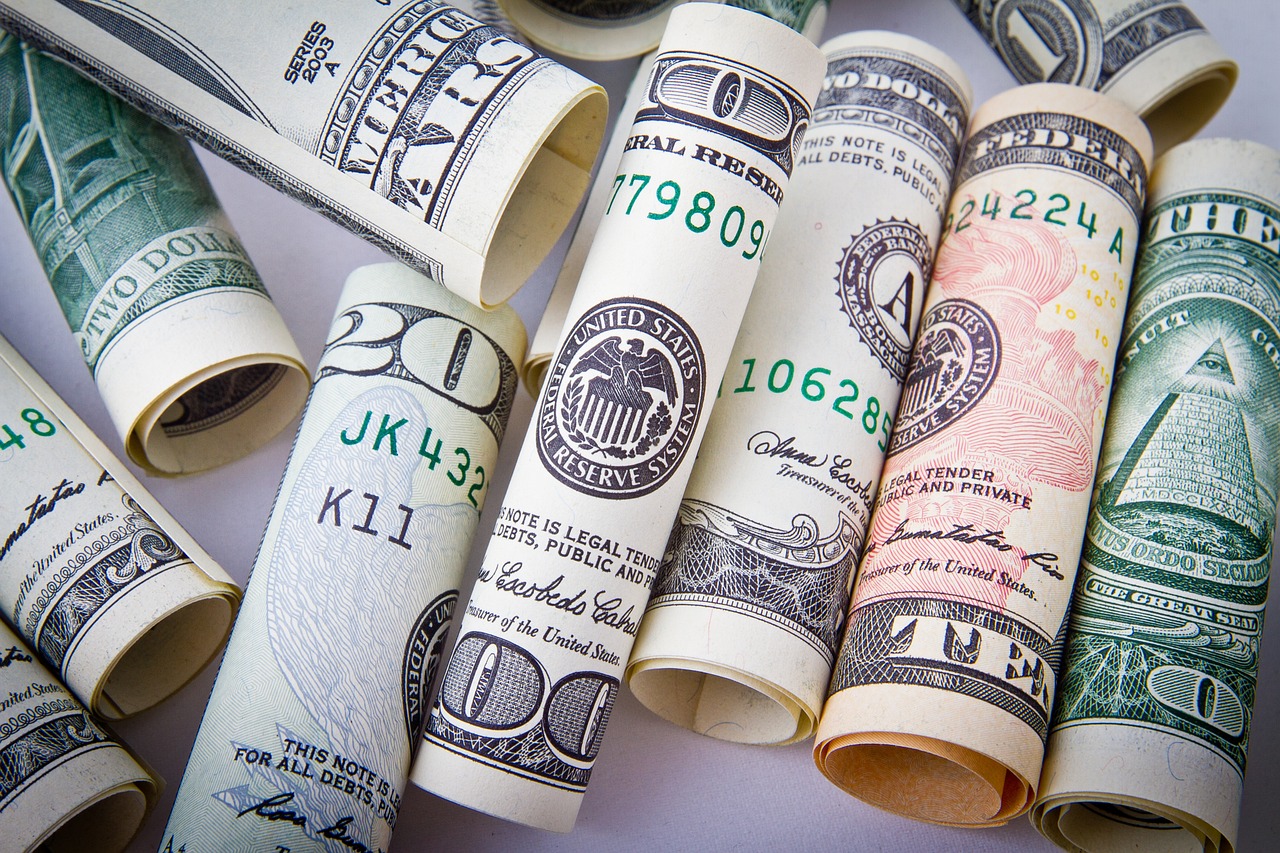In the midst of a global pandemic and economic crisis, one thing has remained constant: the crucial role that banks play in our financial system. But how have they managed to stay afloat during these turbulent times? Enter the Federal Reserve’s lending program – an innovative scheme that is helping to keep banks on solid ground while also providing much-needed support for small businesses and individuals. In this blog post, we’ll explore how this program works and why it’s so important for navigating the pandemic successfully. So buckle up and get ready to learn all about one of the most critical tools in our economic arsenal!
The Federal Reserve’s lending program: What it is and how it works
The Federal Reserve’s lending program is designed to keep banks afloat during times of financial crisis. The program works by providing banks with short-term loans that they can use to tide them over until long-term solutions are found.
Banks must apply for loans through the Fed and agree to strict conditions, including maintaining a certain level of capital reserve. In order to receive a loan, banks must also demonstrate that they are able to withstand a reduction in business activity.
The Federal Reserve has provided more than $2 trillion in emergency loans since the beginning of the economic recession in 2007. This program has been particularly effective in preventing large banks from collapsing during times of financial crisis.
The five banks that benefit from the Fed’s lending program
The Federal Reserve’s lending program has kept banks afloat and helped to prevent a financial collapse during the recent pandemic. The five banks that have benefitted the most from the Fed’s lending program are JPMorgan Chase, Citigroup, Bank of America, Wells Fargo, and US Bancorp.
JPMorgan Chase is by far the largest recipient of Fed loans. The bank has received $247 billion in total loans and investments through the program. This amount accounts for almost half of all Fed loans and investments. Citigroup follows close behind with $183 billion in loans and investments from the Fed. Bank of America comes in third place with $158 billion in loans and investments from the Fed. Wells Fargo rounds out the top five with $142 billion in loans and investments from the Fed.
US Bancorp is fourth on the list of banks that have received the most from the Fed’s lending program. The bank has received $128 billion in total loans and investments from the Fed. Fifth place goes to US Capital Investments Corporation with $115 billion in loans and investments from the Fed.
Criticisms of the Fed’s lending program
The Federal Reserve’s (Fed) lending program has come under fire in recent weeks as banks face increased liquidity pressures. Critics claim that the Fed’s low interest rates are contributing to a bubble in the market for commercial paper, which is used as an emergency funding source by banks.
Others argue that the Fed’s low interest rates are artificially propping up stock prices and are preventing economic growth from taking place. Some have even called for the end of the Fed’s lending program, arguing that it is exacerbating the financial crisis.
Conclusion
The Federal Reserve’s lending program has kept banks afloat during the pandemic, but it is not without risk. In order to provide liquidity and prevent a contagion of failed banks, the Fed has lent money to many institutes that are not well-positioned to withstand extended periods of low interest rates. With LIBOR now at 0%, there is a heightened risk that these institutions will not be able to repay their loans in full or at all. The Fed must weigh the benefits of its lending program against the risks before making any further decisions.










